Participants
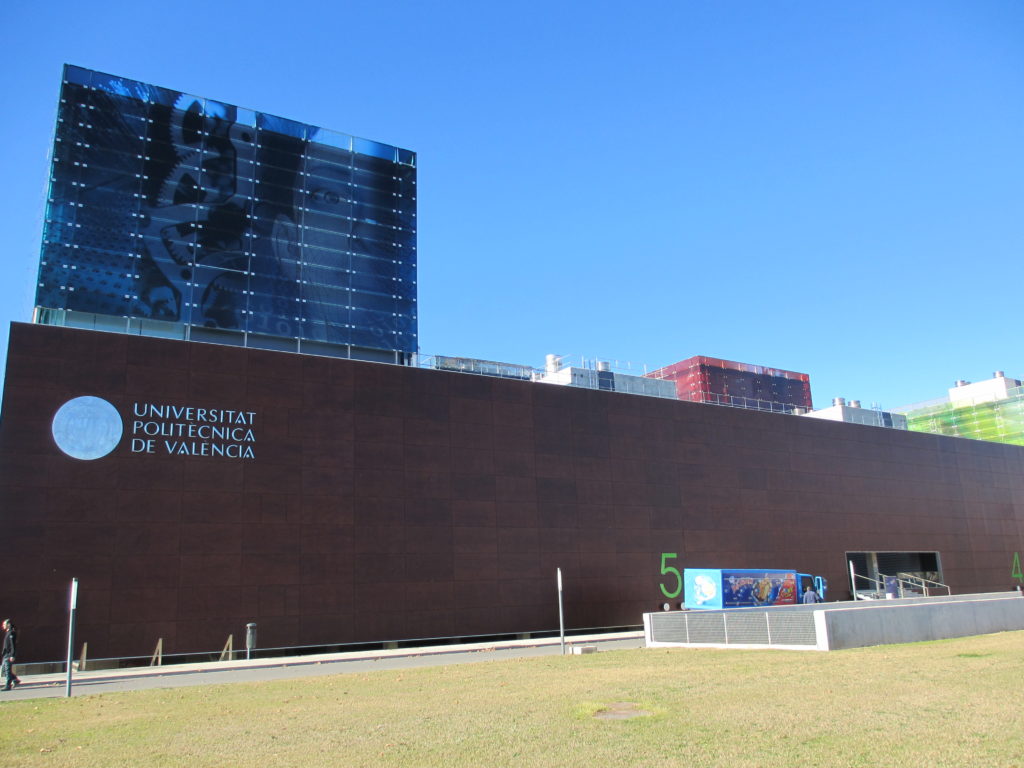

Photonics Research Labs (PRL)
Universitat Politècnica de Valencia (Spain)
The Photonics Research Labs (PRL) are currently formed by around 40 telecom engineers and physicists. The PRL mission is to produce high-quality scientific knowledge in the field of optics, quantum optics and photonics, through research projects, R&D contracts and collaboration agreements with the private sector. The PRL research activity is focused on several applications of photonics, mainly on optical communications of analog and digital signals, radio-over-fiber systems and photonic integrated circuits. Part of the research is also performed in the field of fiber optic sensor and industrial photonics. Among others, the PRL have been granted two Excellent Projects by the European Research Council (ERC).


PROPHESEE
Metavision for Machines
Prophesee is the inventor of the world’s most advanced neuromorphic vision systems. Prophesee’s patented sensors and AI algorithms, introduce a new computer vision paradigm based on how the human eye and brain work. Like the human vision,it sees events: essential, motion information in the scene, not a succession of conventional images. This event-based method allows for unprecedented speed (>10 000fps), dynamic range (>120dB), data volume (10x to 1000x less) and power efficiency (<10 mW). Prophesee bio-inspired revolution opens a new path to absolute efficiency and safety in autonomous driving, IoT and Industry 4.0. Prophesee reveals the invisible.


CERTH
Centre for Research & Technology (Hellas)
The Centre for Research and Technology-Hellas (CERTH) is the only research centre in Northern Greece and one of the largest in the country, being founded in 2000. It is a legal entity governed by private law with non-profit status, supervised by the General Secretariat for Research and Technology (GSRT) of the Greek Ministry of Education and Religious Affairs. CERTH has important scientific and technological achievements in many areas including: Energy, Environment, Industry, Mechatronics, Information & Communication, Transportation & Sustainable Mobility, Health, Agro-biotechnology, Smart farming, Safety & Security, as well as several cross-disciplinary scientific areas.
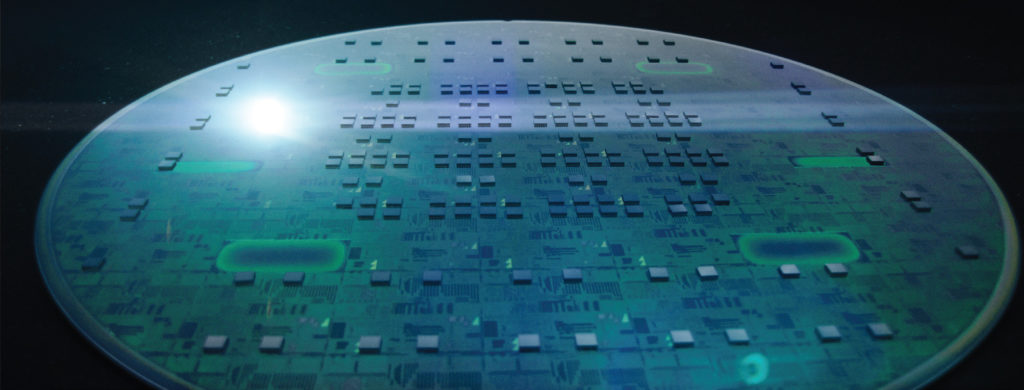

CEA
Atomic Energy Commission (France)
CEA (Atomic Energy Commission) is a French Governmental Research Organization (15000 employees) devoted to both fundamental and industrial R&D. Within CEA, the Laboratory for Electronics & Information Technology (CEA-LETI) is focused on micro and nanotechnologies and their applications, from wireless devices and systems to photonics, biology and healthcare. Founded in 1967, CEA-LETI is a French technology research institute that pioneers micro- & nanotechnologies, with 8500 m² of cleanroom space and a clear IP policy. The typical maturity level of Leti’s activity is within TRL3 and TRL6. Grenoble area – CEA-LETI’s location – gathers a dozen of leading industrial companies and startups providing microelectronics and photonics solutions – such as STMicroelectronics, SOITEC, Sofradir, ULIS, Aledia, Microoled, Mirsense, eLichens, most of them being startups of CEA-LETI. CEA-LETI also has staff in the Silicon Valley and Tokyo.
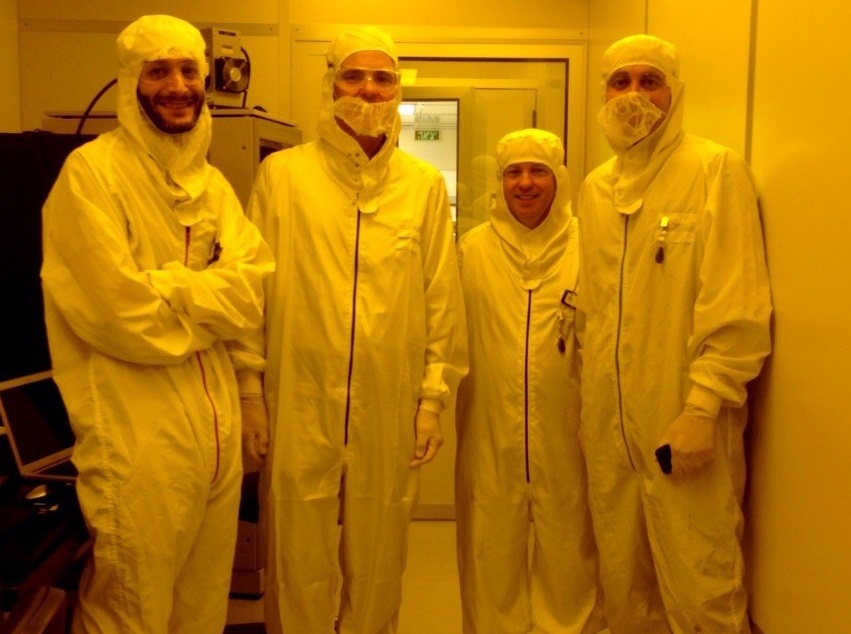

Teramount Ltd.
Teramount enables scalable optical connectivity for high speed datacom and telecom applications. Teramount invented the PhotonicPlug, a technology for high-density attachment of fiber and laser to chip, for standardizing silicon photonics packaging and align it with automated and high-volume industrial assembly lines. Standardizing optical packaging through the PhotonicPlug technology will affect further silicon photonics applications to thrive such as co-packaged optics, photonic FPGA, optical interposers and chip-to-chip optical connectivity.

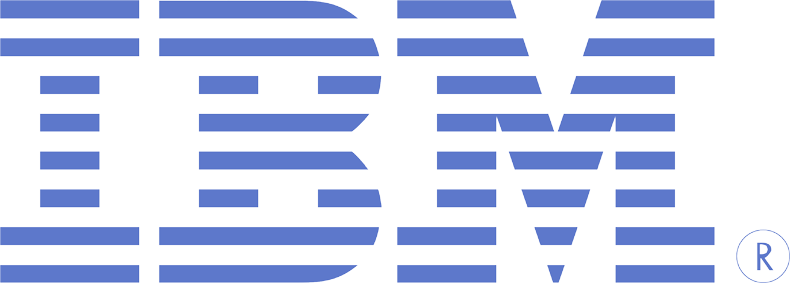
IBM Research GMBH
At IBM Research, we invent things that matter to the world. Today, we are pioneering the most promising and disruptive technologies that will transform industries and society. We are driven to discover. IBM Research – Zurich is one of IBM’s 12 research labs, which includes 3,000 scientists on six continents. The spectrum of research activities ranges from exploratory research in areas such as quantum systems, neuromorphic computing and nanoscience as the basis for future computing technology, to cloud computing and storage, cognitive computing and systems, systems biology, cybersecurity and privacy and most recently blockchain. In 2011, a new facility for collaborative nanoscale research was opened on the IBM campus — the Binnig and Rohrer Nanotechnology Center. The Center is part of a strategic partnership in nanosciences with ETH Zurich, one of the world’s foremost science and engineering universities.
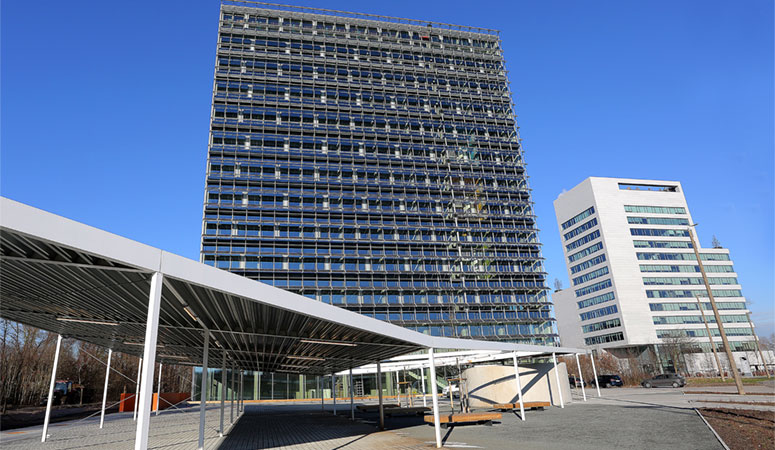

Ghent University
UGent is an academic institution with a longstanding tradition of fostering industrial innovation and exploiting in-house technologies. This claim is solidified by the growing portfolio of international patents that UGent holds on the field of photonic neuromorphic engineering (6 PCT patents) and by the growing number of spin-off SMEs that used the academic help of UGent to take off. In this context, UGent will take up an active approach towards standardizing the photonic-FPGA platform as neuromorphic processing platform, positioning UGent as the leading expert in the field. Finally, UGent will also have the opportunity to attract promising PhD students and researchers and thus increase the academic momentum of neuromorphic processing.

EULAMBIA Advanced Technologies Ltd
Eulambia was founded in 2013, as a spin-off from the Optical Communications and Photonics Technologies Laboratory of the University of Athens, Greece. Members of the company are highly qualified engineers and researchers with expertise spanning from broadband communications and sensing systems to physical layer cryptography and security. Since inception, the company focuses on overcoming the engineering challenges associated with applying innovative research results to real world products and services. Eulambia’s mission is to fuse innovative approaches with sound engineering principles, whilst understanding the financial and manufacturing constraints. Eulambia provides custom and cost-effective solutions to a broad range of research, development or engineering problems in the areas of photonics and electronics.
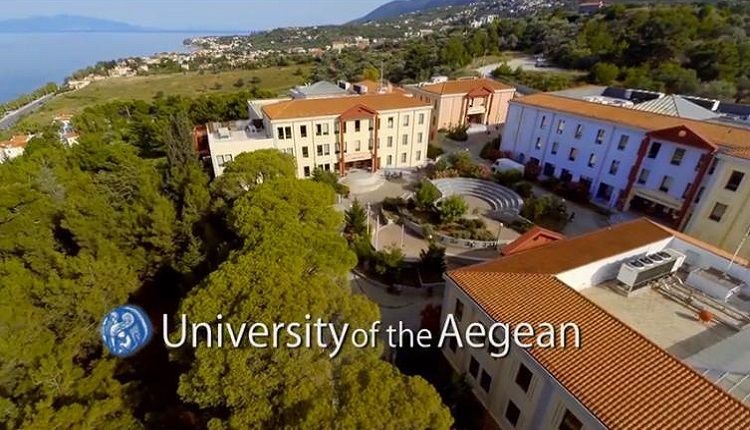

Computer and Communication Systems Laboratory (CCSL)
University of the Aegean, department of Information and Communication Systems Engineering
was founded in 1999 as a research and educational unit focusing on the design and implementation of RF and photonic components of the ICT infrastructure, tailored to the needs of emerging digital services. The lab’s members comprises 8 professors, 20 Ph.D students and numerous MSc. level students. The members of the lab have been actively engaged in more than 20 EU (FP6, FP7 H2020, IEF Marie Curie etc.) and 30 National research projects, whereas 3 research projects focus specifically on neuromorphic technologies. CCSL technological capabilities can be summarized by the fact that is accredited by ELOT EN ISO/IEC 17025:2005 Certificate for Electric Field Measurements in the frequency band of 75MHz – 3GHz, whereas CCSL, has direct access to Greece’s supercomputer infrastructure for performing massively parallel simulations. In the context of NEoteRIC, CCSL strongly collaborates with the parallel and distributed systems and networks lab (PDSN) of University of West Attica forming a joint research unit specializing on photonic neuromorphic systems, dedicated machine-learning hardware and physical layer security. Finally, CCSL and PDSN are currently building a joint high-speed photonic research laboratory with electro-optic measurement equipment operating up to 20GHz suitable for photonic integrated chip characterization. More importantly CCSL and PDSN are currently realizing a state-of-the-art Serial Time-Encoded Amplified Microscope (STEAM) system tailored to the demands of NIR high speed cytometry and is developing an experimental platform for integrating imaging modalities with neuromorphic photonic integrated modules.


Lumiphase AG
Lumiphase is a Swiss start-up founded in 2020 and is the leading manufacturer for silicon photonic chips enhanced with BaTiO3 technology. This technology brings integrated photonics into a new era, characterized by the introduction of innovative materials with unique electro-optic properties into the cost-effective silicon photonics platform. Our target clients are optical component and network equipment vendors, supplying equipment used to build datacenter and telecom networks. Lumiphase was created by former employees of IBM Research Europe who pioneered this research field and developed it to a high level of maturity. The company has setup an ambitious development plan and operates at a world-class 1000 square meter cleanroom and runs an R&D laboratory and production facility in Switzerland, enabling fundamental research programs up to high quality production. The involvement of Lumiphase in the European R&D network is essential for the development of the company. It is facilitated by the long experience of the Lumiphase’s key personal in many EU projects, from FP5 to H2020 framework, as well as for ECSEL initiatives.

